Barbara Gilhooly was born in North Dakota in 1963. She attended the University of North Dakota and received her BFA in 1986. Concentrating on printmaking and sculpture, Gilhooly earned her MFA from Colorado State University in 1989.
Gilhooly works as a professional artist and maintains an active exhibition schedule. Recently, her work was shown in Paris, New York, Colorado, and several exhibitions in the Twin Cities.
She works in a variety of materials and is known for her sculptural wire, paintings on wood panels and playful ‘Misfit’ found-object assemblages of aircraft, angels, and Tin Folk. Gilhooly’s paintings are represented by Gallery 360 in Minneapolis.
Gilhooly’s work has appeared in numerous publications, including: Interior Design, Metropolitan Home, Midwest Home & Garden, Metro, Minnesota Monthly, Mpls.St.Paul Magazine, and Canadian Art.
To learn more about Barbara, to see more or purchase a piece of her work, follow any of the links below:
WEBSITE | FACEBOOK | ONLINE SHOP
[fusion_builder_container hundred_percent=”yes” overflow=”visible” margin_top=”11px” margin_bottom=”11px” background_color=”rgba(255,255,255,0)”][fusion_builder_row][fusion_builder_column type=”1_1″ background_position=”left top” background_color=”” border_size=”” border_color=”” border_style=”solid” spacing=”yes” background_image=”” background_repeat=”no-repeat” padding=”” margin_top=”0px” margin_bottom=”0px” class=”” id=”” animation_type=”” animation_speed=”0.3″ animation_direction=”left” hide_on_mobile=”no” center_content=”no” min_height=”none”][fusion_separator style_type=”single|dotted” sep_color=”#339966” icon=”” width=”” class=”” id=””/]
… and now for our exclusive interview with Barbara Gilhooly
How would you describe your art?
My work is very much influenced by my printmaking background and love of drawing. Most of the work I make is on or out of wood or created in wire. My paintings have many layers of paint and I work into the surfaces with carving tools to achieve rich, active surfaces. I am also a sculptor. The furniture pieces are created using wood, found metal, wire. They are built from my own designs in a very non-carpenter manner. Meaning I patch them together very sculpturally and love to use all kinds of hardware for moving parts in the doors and drawers, etc. The wire sculpture is my way of drawing in 3-D. I use a pair of needle nose pliers to shape the forms. I use these wire forms to create wall installations.
How long have you been an artist and how did you become an artist?
I was in kindergarten when I realized I could draw well beyond my classmates. I never thought of any other profession. This led me to pursue college after high school. My high school art teacher helped me apply and get a scholarship in art at the Univ. of North Dakota. I was the only one in my family to go to college. I went on to get my MFA in printmaking and sculpture at Colorado State University
What is your favorite medium and why?
Wood. Painting it, carving into the surface and building with it.
Pick one work of art from your portfolio and tell us the story behind it. Why does this piece have meaning to you? What steps did you take to create the piece?
100 Six Inch Paintings. I had just moved from the twin cities to Colorado and was working on a planned solo show in Minneapolis. I wanted a large impactful piece, but was concerned about how difficult shipping such a large work would be. I decided to create 100 small paintings that would cover the largest wall in the gallery. I painted these on birch panels and carved into the surfaces. Each one is unique and complex. It was important for me to make each 6 inch panel a standalone piece and not dependant on hanging with the others. I learned so much in working on so many pieces at once and learned how to finish a work. Meaning I always rather start a new piece instead of solving what needs to happen on others. This project helped me become much more disciplined. I developed a method of critiquing the nearly finished work at the end of each day. I use post it notes to jot down what each work requires to be finished and stick the note right on the painting. During the two months that I painted these 100 paintings, I would then come to the studio in the morning and take each painting with the post it notes and finish them one by one. Then move to the next batch. I paint flat on a table and would work on as many as 10 to 12 at one time.
The finished paintings were hung in four grids of 25 paintings in each grid. They were a big hit and it worked well to have these more affordable sized pieces as an option for collectors. I had other larger work in the show as well.
Tell us about one medium, technique or style that you would like to try working with (that you have not tried before) and why you would like to try this.
Encaustic. Many people think my paintings look like encaustic because of the layers of paint and carving. I would like to see how much surface manipulation I could achieve with the wax layers. I’m quite an impatient painter and love the immediate results I have with acrylics.
How do you make time for art?
It’s my priority, profession and passion. Early in my career I chose to focus on making a schedule that puts my studio time on top of the list. I’m disciplined when I am in the studio. I learned that just because my studio is in my home I don’t do house tasks during studio work time. I also use half of my time on marketing and business tasks. Being an artist is being a business person as well.
If you could imagine the “perfect art day” for yourself, what would it be like?
Get up and put on my ‘grandpa’ studio outfit, which is baggy jeans that cinch up with a belt and some t-shirt (usually inside out) and long sleeve shirt of some sort. Have coffee read the papers ( NYT, WSJ and our local). Eat breakfast while doing the crossword puzzle. Take Emma our brown dog on a walk and get in the studio. Eat good food that is ready when I’m hungry and then build, paint, carve all day. Have a drink on the deck with my partner and with paint on my elbows and sawdust in my hair go have a lovely dinner out. I am so grateful I have many days like these.
If you could spend 24 hours with one artist, living or historical, who would you want to spend the day with and why? What would the two of you do?
Alexander Calder and spend all day tinkering away in his studio. Working in wire and Making toys out of anything and playing!
Do you have any tips or advice for aspiring artists?
I’m often asked how do I make so much good work? I am prolific because I have been in the studio making things full time for over twenty years. It’s like any profession that requires skill. It involves practice, practice, practice. I have the training down. I compare it to being a chef. There is a point in a chef’s career when you are trained and have the years of experience to create dishes without rules or recipes because you know ingredients and how to use them. It’s very much what I do with my work. I know the ingredients, which are the elements of art. And the recipes in art are the basic principles. I don’t have to think about those formal aspects anymore, I work intuitively. I cook that way too! You have to work, make mistakes and put the time in the studio. Much of the work I paint on a panel is painted over. But, it’s still not a wasted day because when I sand through layers will reveal some of that history. I paint over panels a lot! It’s editing and being honest with what isn’t working.
Another tip that works well for me is I make decisions about work in progress at the end of the day. I work on many pieces at once and hang all the nearly finished works on my wall for a critique with myself. I use post it notes to jot down my next steps for each work and stick the note right on the painting. The next morning I know exactly what to work on for each piece.
The other half of your work is running your business. It’s a reality and a necessity for success. Find a source to guide your way through the business side. There are many resources online. I have worked with Alyson B. Stanfield the Art Biz Coach and others. Set aside time to learn and devote to marketing your work. There is no one way to be successful. My partner and I like to say ‘Let me do it my own wrong way’!
[/fusion_builder_column][/fusion_builder_row][/fusion_builder_container][fusion_builder_container hundred_percent=”yes” overflow=”visible”][fusion_builder_row][fusion_builder_column type=”1_1″ background_position=”left top” background_color=”” border_size=”” border_color=”” border_style=”solid” spacing=”yes” background_image=”” background_repeat=”no-repeat” padding=”” margin_top=”0px” margin_bottom=”0px” class=”” id=”” animation_type=”” animation_speed=”0.3″ animation_direction=”left” hide_on_mobile=”no” center_content=”no” min_height=”none”]
[/fusion_builder_column][/fusion_builder_row][/fusion_builder_container]


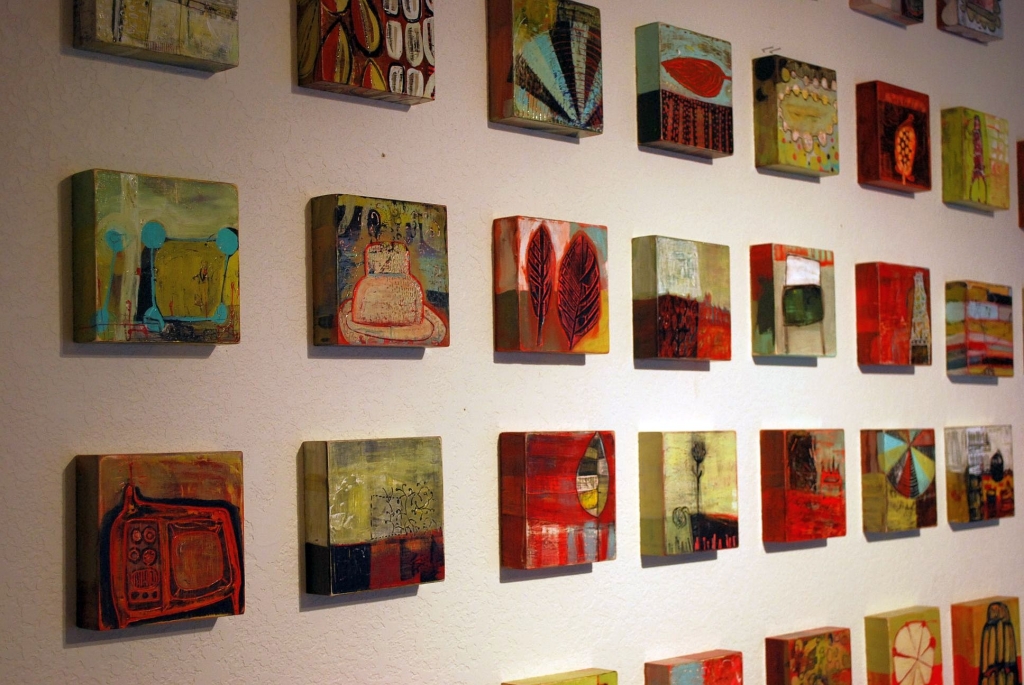
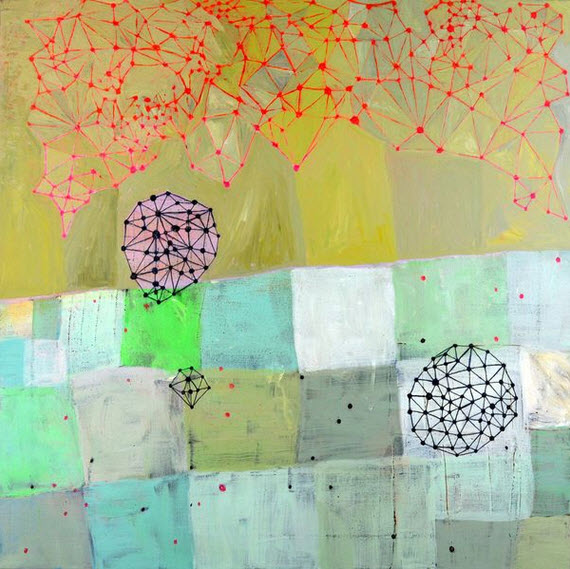
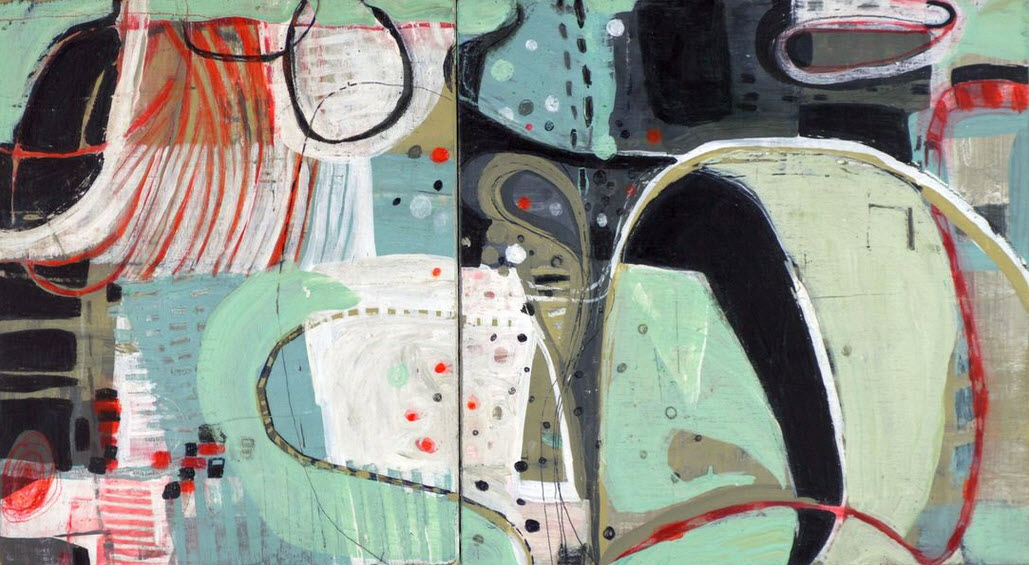
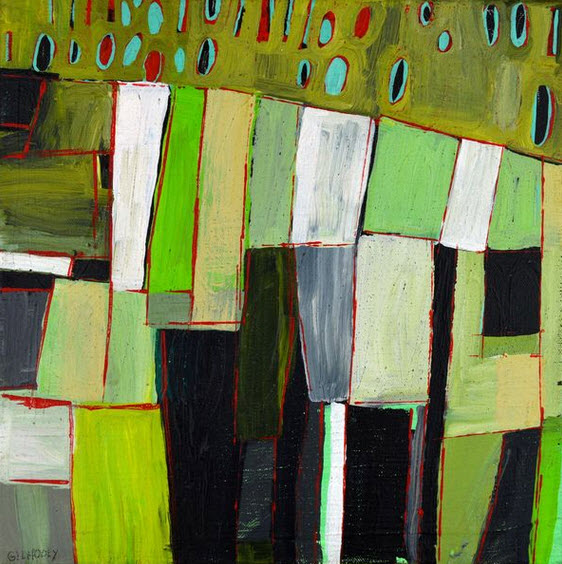
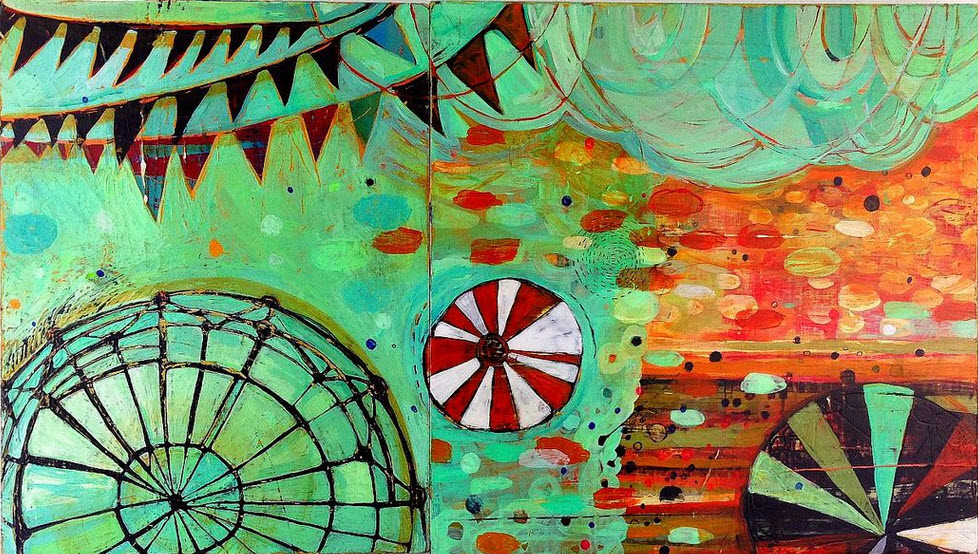




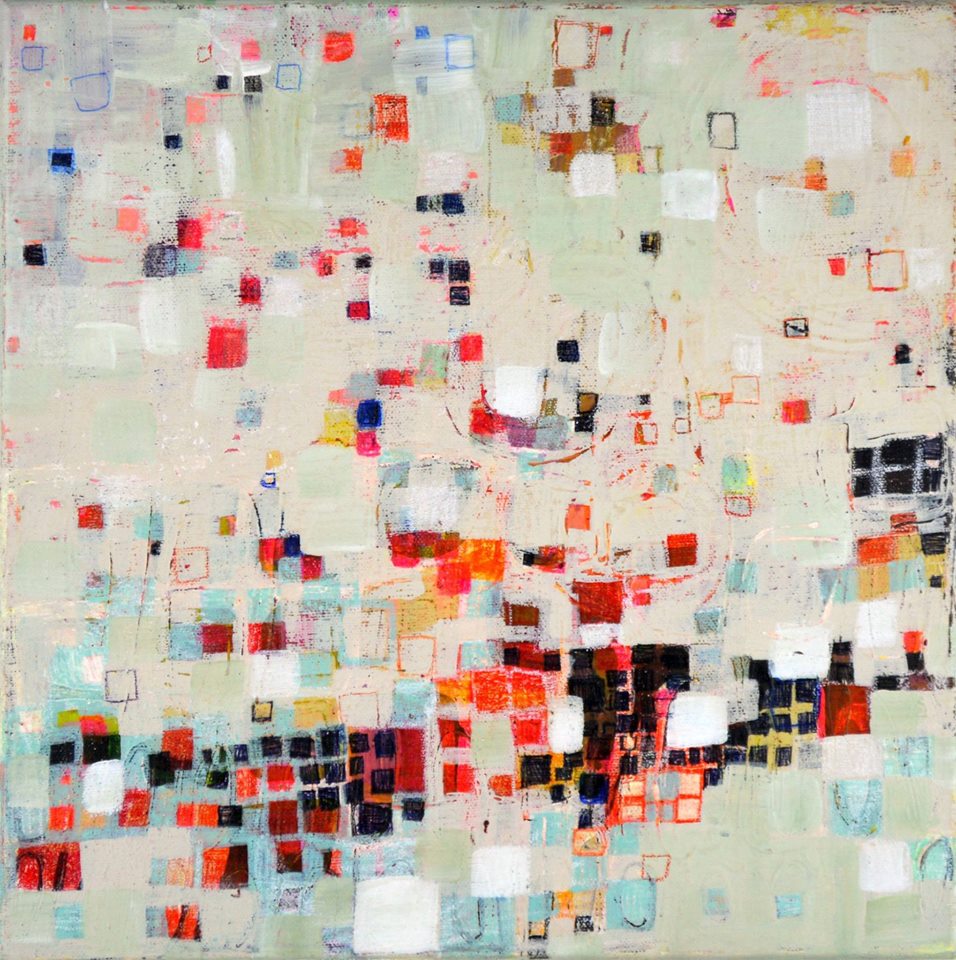
WOW! So inspirational! I love the wire pieces! Fantastic works!
Love Love the energy and spontaneity in your work!
Just amazing really!
So wonderful to see your work Barbara- It continues to be fresh and so exciting to me. Colorado is lucky to have you.
Wow is right! Inspiring work Barbara!
So inspiring! Thanks for sharing!
nice interview Barbara! So glad we connected before you moved to Minnesota. You will always be a great source of inspiration to me. Thank you! Xo
Thank you!
Love these! And you! I want to live in that gallery for a weekend. Like Pee Wee’s house!